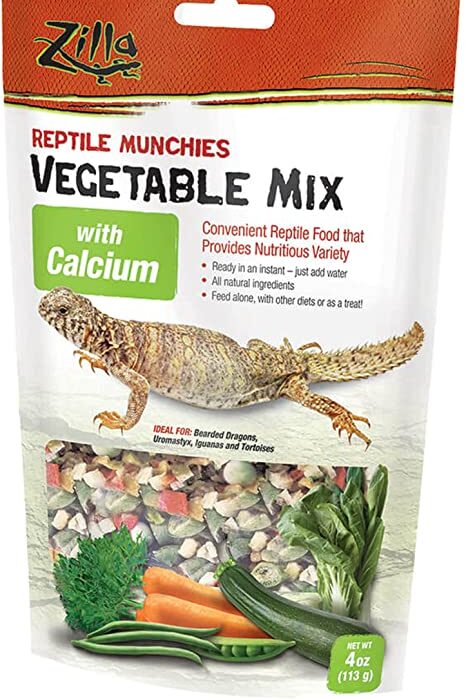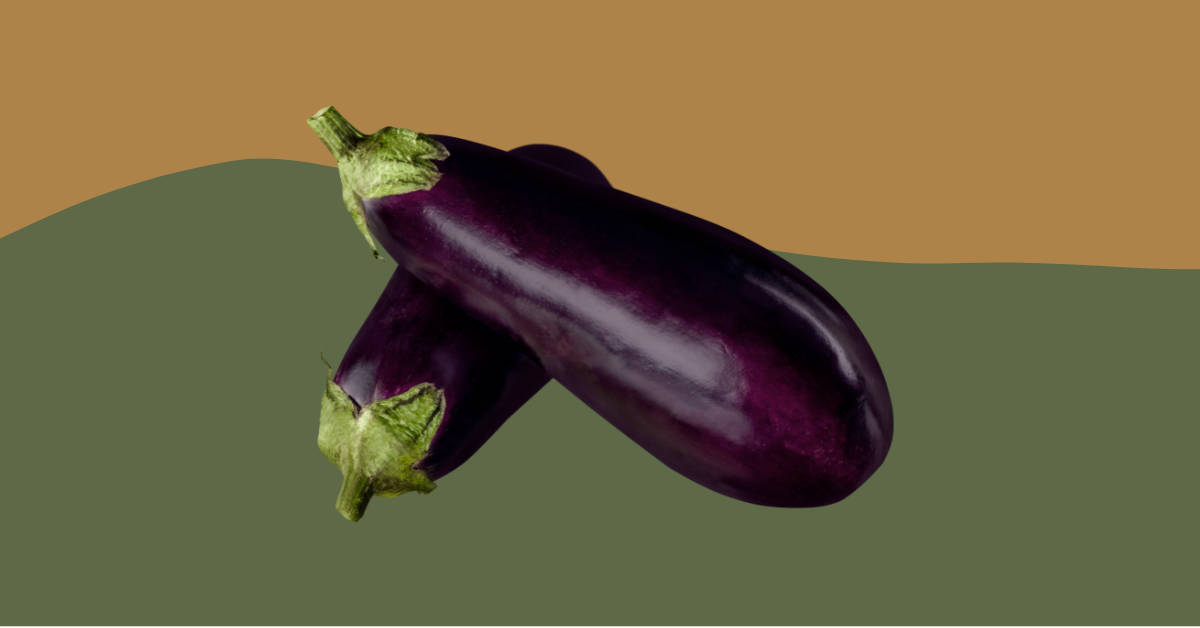No, bearded dragons should not eat bacon. Bacon is high in fat and sodium, which can be harmful to bearded dragons.
Table of contents
They primarily consume insects and vegetables, but owners may wonder if they can treat their bearded dragon to something different, like bacon. This article will provide the do’s and don’ts of bearded dragon care, a step-by-step preparation guide, and answers to frequently asked questions.
Related Article: Bearded Dragon Care: Expert Tips and Insights
Do’s
- Provide a balanced diet: Offer a mix of insects (like crickets, roaches, and worms) and vegetables (like collard greens, mustard greens, and squash).
- Feed appropriate portion sizes: Monitor your bearded dragon’s weight and adjust portion sizes as necessary.
- Dust insects with calcium powder: This helps prevent calcium deficiency, which can lead to metabolic bone disease.
- Provide fresh water daily: Bearded dragons need clean water to stay hydrated and healthy.
Don’ts
- Avoid fatty and high-sodium foods: Foods like bacon can harm your bearded dragon’s health.
- Don’t feed insects that are too large: Insects should be smaller than the space between your bearded dragon’s eyes.
- Avoid certain vegetables: Steer clear of spinach, lettuce, and avocado, which can be harmful to bearded dragons.
- Don’t overfeed: Overfeeding can lead to obesity and other health issues.
Best Practices for Feeding Bearded Dragons
Following best practices when feeding your bearded dragon will ensure their safety and overall health. Here are some best practices to keep in mind:
- Choose a variety of insects and vegetables: Providing a mix of different insects and vegetables ensures a well-rounded diet, rich in essential nutrients. Rotate the types of insects and vegetables you offer to prevent boredom and nutritional imbalances.
- Feed juveniles more frequently: Young bearded dragons require more frequent feedings to support their growth. Feed them multiple small meals throughout the day to meet their nutritional needs.
- Consider adding supplements: Consult with a veterinarian about adding vitamins or supplements to your bearded dragon’s diet. Calcium and vitamin D3 supplements are especially important for preventing metabolic bone disease.
- Monitor your bearded dragon’s health: Regularly observe your bearded dragon for changes in behavior, weight, or appetite. This will help you identify potential health issues early and make appropriate adjustments to their diet.
- Maintain proper enclosure temperatures: Bearded dragons require appropriate basking and cool zones in their enclosure to properly digest their food. Make sure you have a temperature gradient with a basking spot around 95-110°F (35-43°C) and a cool zone around 75-85°F (24-29°C).
- Gut-load feeder insects: Before feeding insects to your bearded dragon, gut-load them with nutritious foods, such as dark leafy greens, fruits, and vegetables. This ensures that your bearded dragon receives essential nutrients from the insects.
- Provide a shallow dish for water: Bearded dragons need a shallow dish of clean water in their enclosure to stay hydrated. Change the water daily to keep it fresh and clean.
- Monitor fecal output: Regular bowel movements are a sign of a healthy diet and digestion. If you notice changes in your bearded dragon’s fecal output, consult a veterinarian to determine if dietary adjustments are necessary.
- Adjust feeding schedule based on age and health: As bearded dragons age, their dietary needs change. Be prepared to adjust the feeding schedule and portion sizes based on your bearded dragon’s age, size, and health.
- Avoid overfeeding treats: While it’s tempting to spoil your bearded dragon with treats, it’s important to maintain a balanced diet. Limit the number of treats you offer, such as high-fat insects or sugary fruits, to prevent health issues related to overfeeding.
Related Article: Bearded Dragon Feeding Guide: Nutrition Tips
Step-by-Step Guide to Preparing Meals for Your Bearded Dragon
Step 1
Choose the right foods: Select a mix of insects and vegetables that are safe and healthy for your bearded dragon.
Step 2
Wash and chop vegetables: Clean the vegetables and cut them into small, manageable pieces for your bearded dragon.
Step 3
Prepare insects: Gut-load insects with nutritious foods, and dust them with calcium powder before feeding.
Step 4
Create a balanced meal: Combine the insects and vegetables in a dish, ensuring a mix of protein and nutrients.
Step 5
Serve the meal: Place the dish in your bearded dragon’s enclosure and allow them to eat at their own pace.
Need Recommendations?
Here’s Our Top Amazon Picks
You may also like 📖
Frequently Asked Questions
What insects can bearded dragons eat?
Bearded dragons can eat a variety of insects, including crickets, dubia roaches, mealworms, superworms, and waxworms. However, it’s important to note that waxworms and mealworms should be given sparingly due to their high-fat content. Additionally, make sure the insects are appropriately sized for your bearded dragon; they should not be larger than the space between your bearded dragon’s eyes.
How often should I feed my bearded dragon?
The frequency of feeding depends on your bearded dragon’s age and size. Juveniles typically need to be fed daily, with multiple small meals throughout the day to meet their nutritional needs. Adults can be fed every other day, or according to their specific needs. Monitor your bearded dragon’s weight and adjust feeding frequency as needed.
Can bearded dragons eat fruit?
Yes, bearded dragons can eat fruit, but it should be given sparingly as a treat due to its high sugar content. Suitable fruits for bearded dragons include blueberries, raspberries, papaya, strawberries, and peeled kiwi. Always wash and cut the fruit into small, manageable pieces before offering it to your bearded dragon.
Do bearded dragons need supplements?
Most bearded dragons benefit from calcium and vitamin D3 supplements, which are essential for maintaining strong bones and preventing metabolic bone disease. Consult with a veterinarian for specific recommendations based on your bearded dragon’s age, size, and health. Generally, calcium supplements should be dusted onto insects before feeding, while vitamin D3 supplements can be provided through a specialized UVB light in the enclosure.
What vegetables should I avoid feeding my bearded dragon?
Certain vegetables can be harmful or offer little nutritional value to bearded dragons. Avoid feeding them spinach, lettuce, and avocado. Spinach and lettuce are high in oxalates, which can bind to calcium and contribute to metabolic bone disease. Avocado contains a toxin called persin, which can be harmful to bearded dragons in large quantities.
How can I tell if my bearded dragon is overweight?
Bearded dragons can become overweight if they are overfed or fed an imbalanced diet. Signs of obesity in bearded dragons include excessive fat deposits around the head, neck, and limbs, as well as a thickened tail base. If you suspect your bearded dragon is overweight, consult with a veterinarian to develop a plan for adjusting their diet and exercise routine.
What is the best way to provide water to my bearded dragon?
Bearded dragons should have access to clean water at all times. Provide a shallow dish of water in their enclosure, and change the water daily to keep it fresh and clean. You can also mist your bearded dragon’s enclosure with water to help maintain humidity levels, which can aid in hydration.
Can bearded dragons eat cooked or processed foods?
Bearded dragons should primarily be fed raw, unprocessed foods, such as insects and vegetables. Cooked or processed foods, like bacon or other meats, are not suitable for bearded dragons, as they can be high in fat and sodium, which can lead to health issues.
How do I know if my bearded dragon is getting enough calcium?
Signs of calcium deficiency in bearded dragons include lethargy, weakness, tremors, and an inability to lift their body off the ground. If you suspect your bearded dragon is not getting enough calcium, consult with a veterinarian to discuss adjustments to their diet and supplementation.
Conclusion and final thoughts 💭
Proper nutrition is crucial for the health and well-being of your bearded dragon. By providing a balanced diet of insects and vegetables, monitoring their weight and health, and avoiding unsuitable foods like bacon, you can help ensure your bearded dragon thrives in your care.
Remember to consult with a veterinarian if you have any concerns about your bearded dragon’s diet or overall health. It’s essential to understand and meet their specific needs to promote a long, healthy life. Ultimately, a happy and well-nourished bearded dragon makes for a rewarding and enjoyable pet.
Looking for more? Here’s our roadmap:
General Bearded Dragon Pet Owners Guide
Bearded dragons are native to the arid regions of Australia and are known for their unique beard-like appearance. As pets, they have become increasingly popular due to their friendly and inquisitive nature, making them an ideal choice for reptile enthusiasts. Bearded dragons are diurnal, meaning they are active during the day, and their average lifespan ranges from 8 to 12 years, with proper care. When considering adopting a bearded dragon, it’s essential to be prepared for a long-term commitment and be well-informed about their care requirements.
One of the most crucial aspects of bearded dragon care is providing an appropriate enclosure. Adult bearded dragons thrive best in a 20 to 50-gallon tank, but a larger enclosure is always better. It’s important to always keep the tank clean. The tank should have a basking area with a temperature range of 95-110 degrees Fahrenheit, as well as a cooler area with a temperature between 75-85 degrees Fahrenheit. In addition, bearded dragons need access to UVB lighting to help them synthesize vitamin D3 and properly metabolize calcium, which is vital for their bone health.
A balanced diet is essential for a healthy bearded dragon. Their dietary requirements change throughout their life stages; juvenile bearded dragons need a higher protein intake, with insects making up around 80% of their diet and the remaining 20% consisting of vegetables and fruits. As they grow into adults, their diet should consist of approximately 20% insects and 80% vegetables and fruits. It’s important to offer a variety of food items to ensure they receive all the necessary nutrients, and to dust their food with calcium and multivitamin supplements as recommended by a reptile specialist or veterinarian.
Regular interaction and observation of your bearded dragon are vital for maintaining their well-being. Handling your pet gently and frequently can help build trust and strengthen your bond. Monitor your bearded dragon’s behavior, appetite, and overall health to detect any potential issues early on. If you notice any signs of illness, such as lethargy, loss of appetite, or irregular bowel movements, consult a reptile specialist or veterinarian for guidance. Proper care, feeding, and attention will ensure your bearded dragon remains a happy and healthy companion for years to come.







Leave a Reply